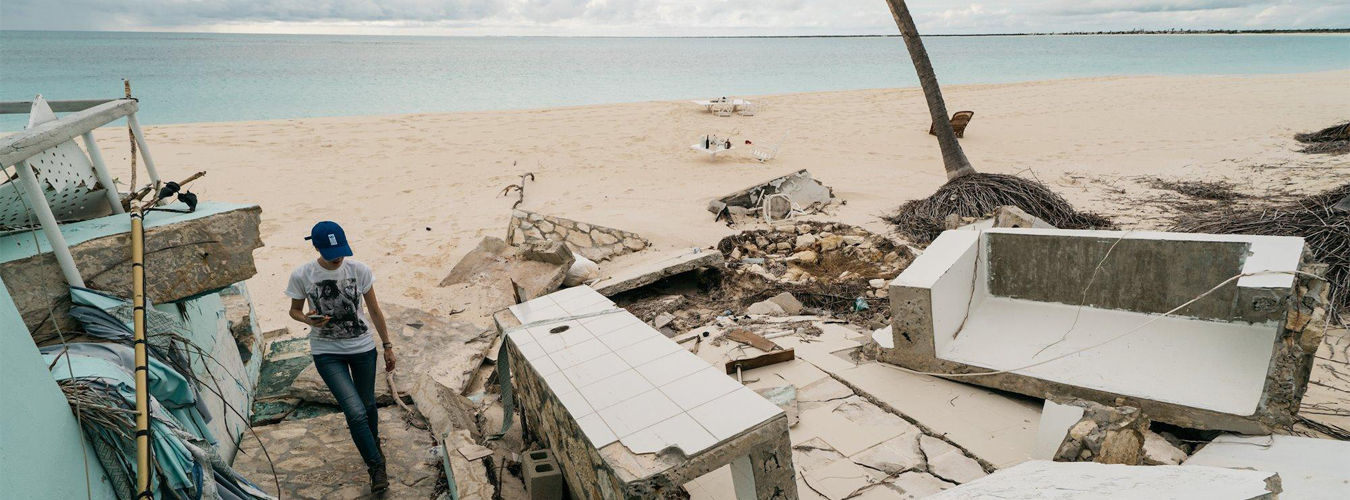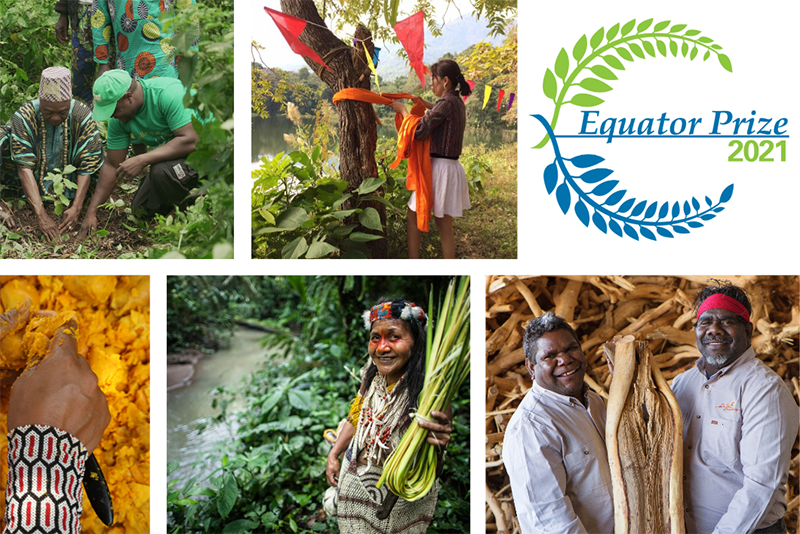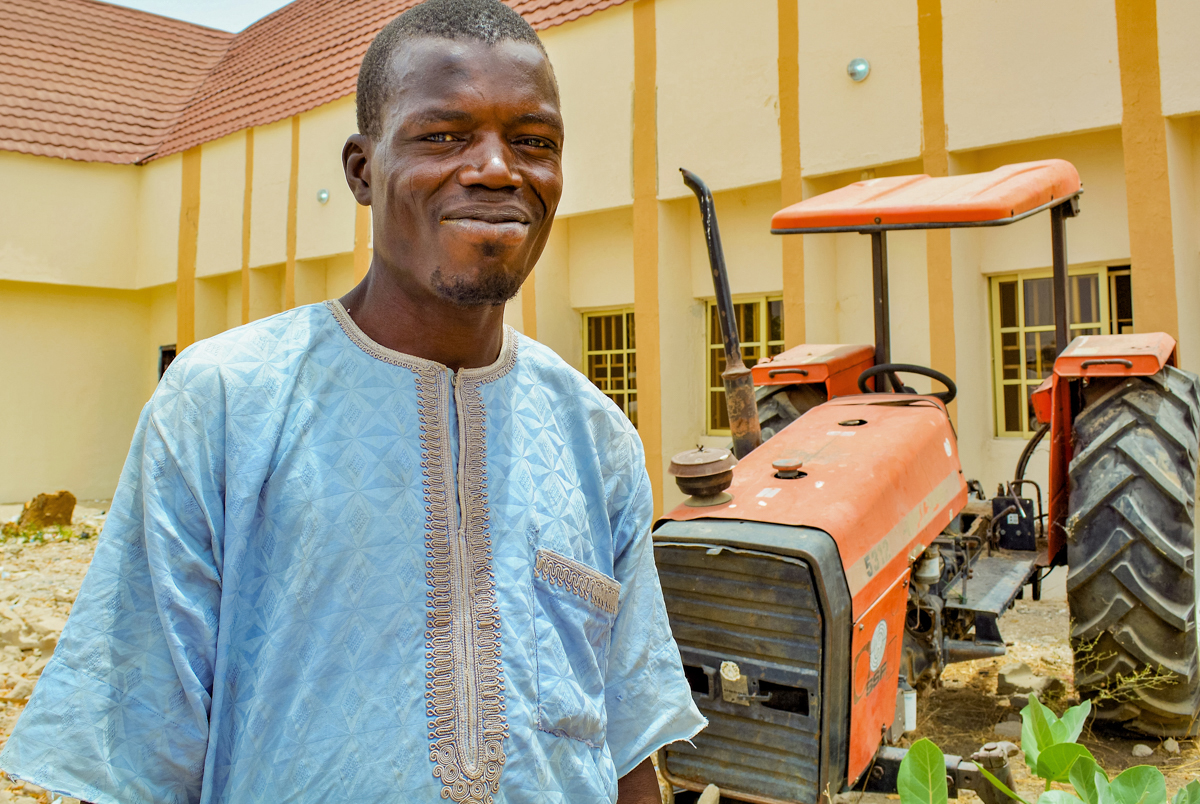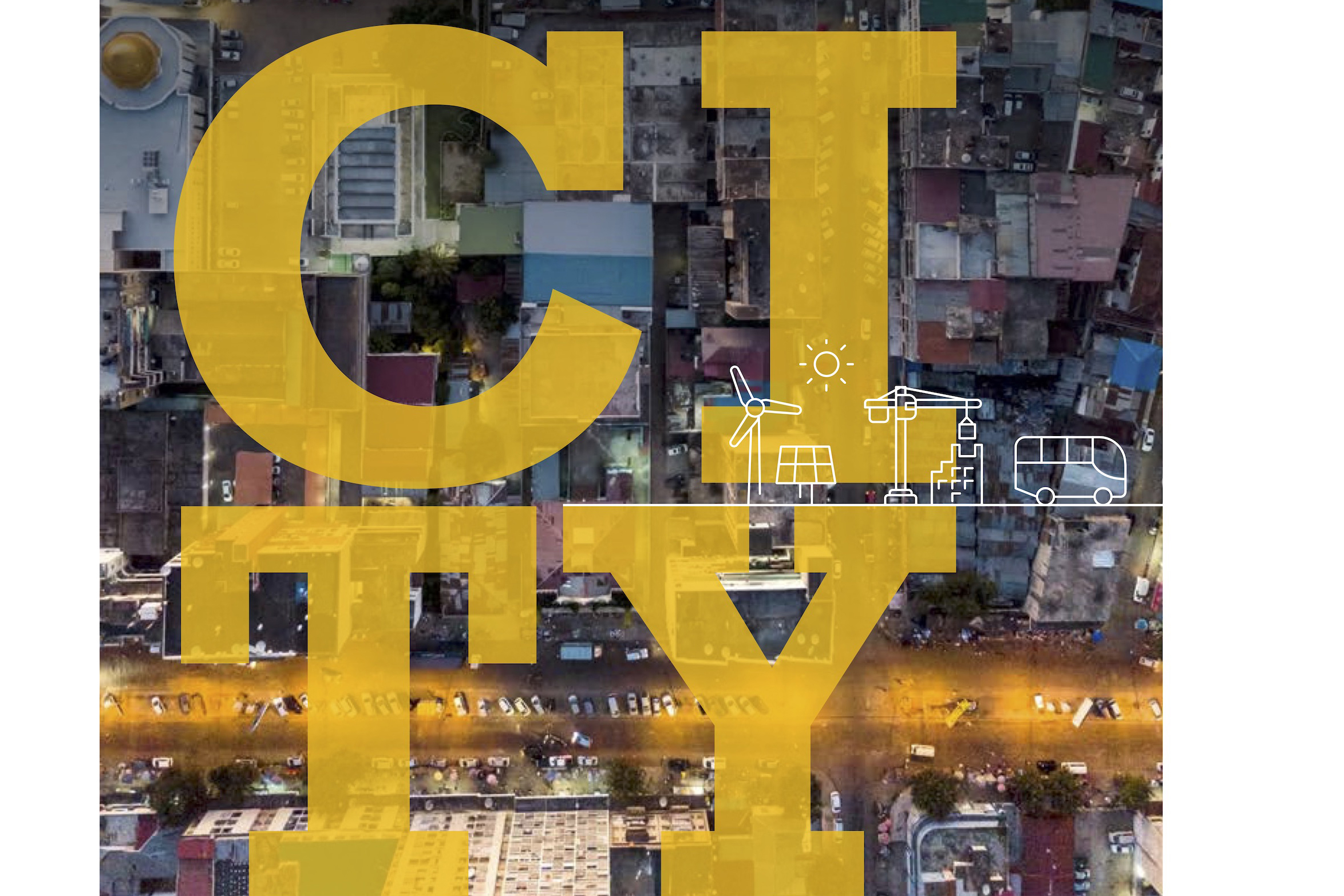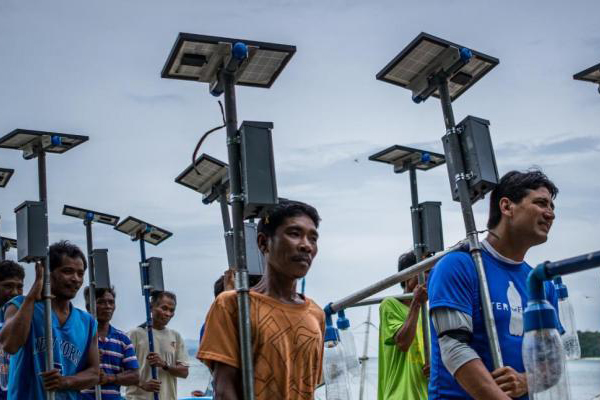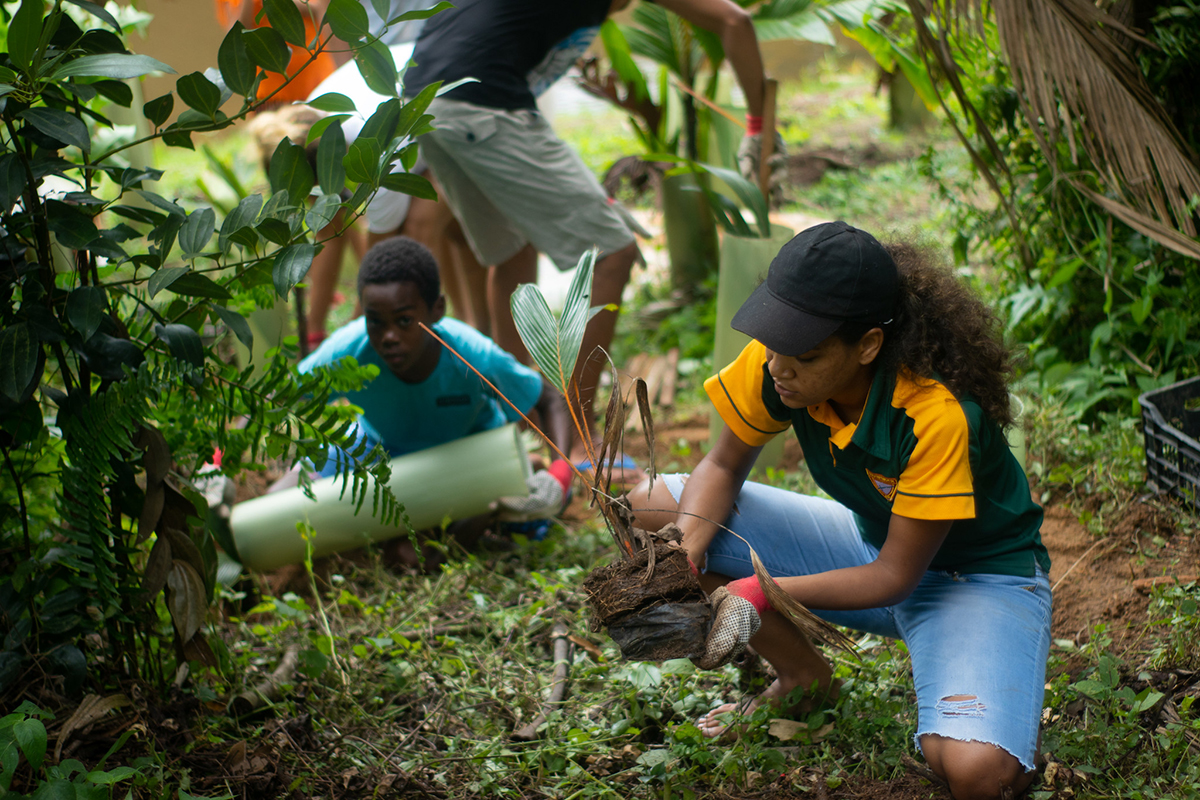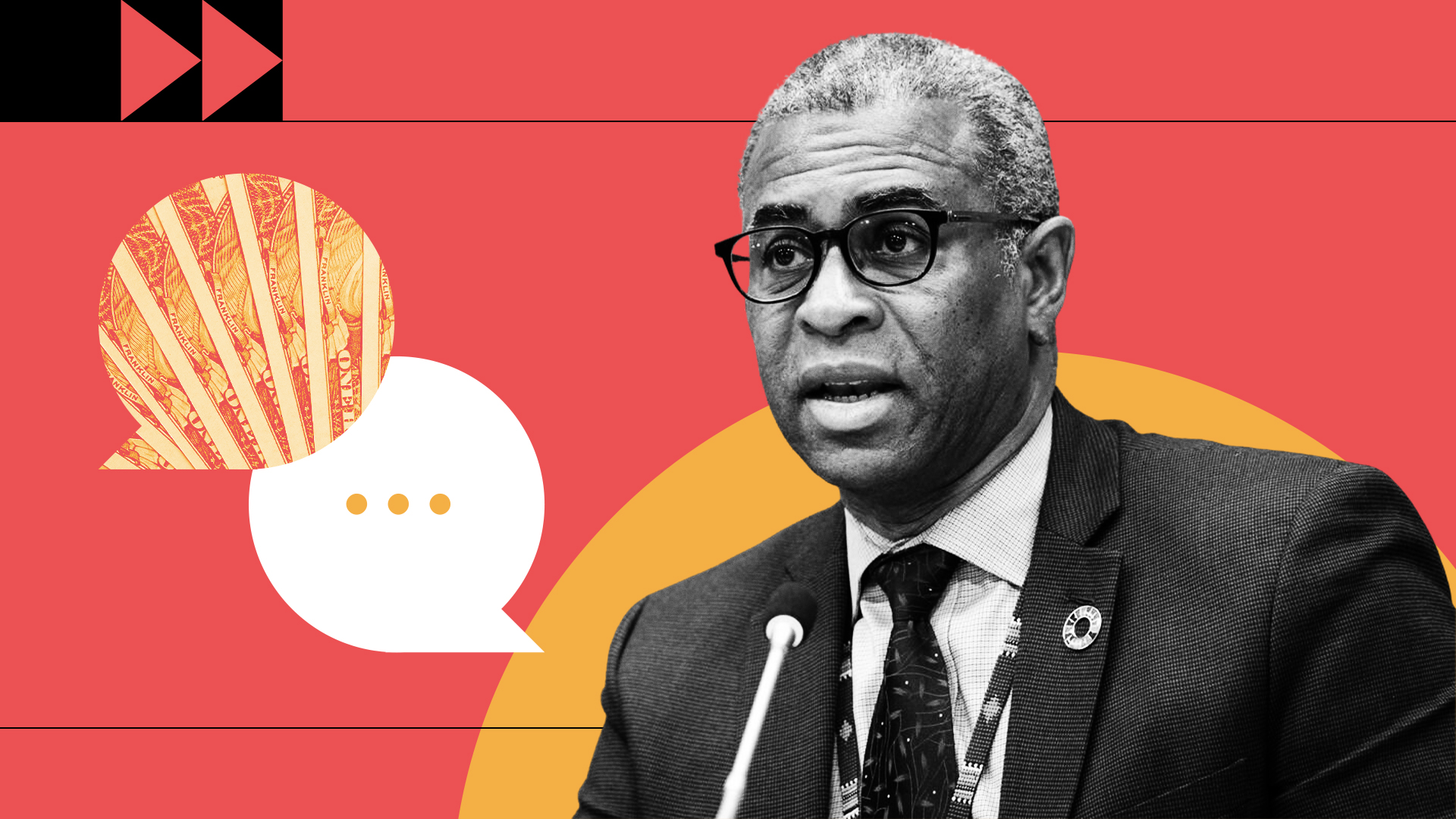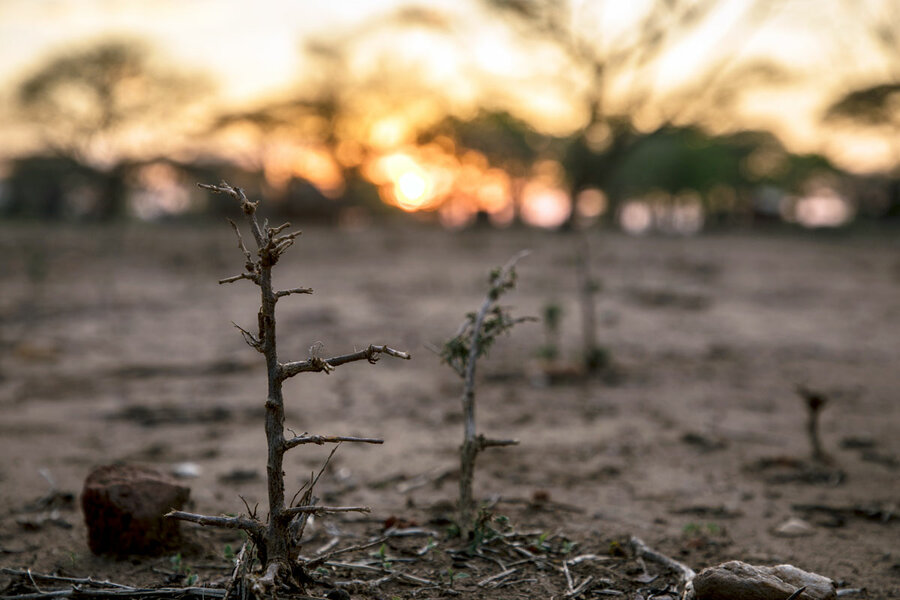The UNEP Climate Action Note displays the state of the climate, what’s happening now, the progress made and what needs to be done to tackle the climate emergencies.
The impacts of our changing climate are being felt worldwide, but countries already struggling with conflict, poverty and high levels of displacement are dealing with some of the most severe effects. From Afghanistan to Central America, droughts, flooding and other extreme weather events are hitting those least equipped to recover and adapt. This Earth Day, UNHCR released a new data visualization that shows how our warming world is compounding risks for people already living with conflict and instability, driving further displacement, and often decreasing possibilities for return.
The UNDP-led Equator Initiative announces its global call for nominations for the Equator Prize 2021. Nominations are open through 10 May 2021.
At a time when we face enormous challenges brought on by the COVID-19 pandemic, it is heartening to see the world mobilizing as never before to tackle the looming crisis of global warming. From renewable energy to carbon markets to sustainable agriculture, countries are taking steps to address emissions and enhance resilience. But despite all the positive momentum, there is one area in particular that requires urgent action: transport. Without decarbonizing transport, no scenario for achieving the 1.5-degree climate goal is feasible, and there we are currently heading in the wrong direction. The global transport sector emits around 24 percent of the world’s total energy-related carbon emissions, and this is expected to grow by 60 percent by 2050.
From Sudan to Afghanistan to Bangladesh, the effects of climate change are creating more need for humanitarian aid in the form of food, shelter and medical care. The impacts are unevenly weighted against the poorest people and those with the least resources to withstand climate shocks and stresses. Over half of all humanitarian crises are somewhat predictable and 20 per cent are very predictable. Yet less than 1 per cent of humanitarian appeals funding is channelled to anticipatory action. Extreme climate- and weather-related events are more common and severe, yet most humanitarian responses continue to be launched only after extreme weather events have already resulted in critical damages to the most vulnerable people. We need to prevent extreme weather events from becoming humanitarian disasters through more effective disaster risk reduction and management, including early warning, anticipatory action and early action.
It has been an immensely challenging year for governments, which have been scrambling to contain the spread of the virus while also managing the economic fallout, supporting workers, and ensuring continuity of schooling for children. At the same time, the climate crisis has not gone away, nor has the soaring gap between rich and poor. In fact, these existing challenges have been magnified by the pandemic. Despite the gloom, there’s some good news; with the right choices, governments can address all of these crises at once, by making the transition to low-carbon, green economies. The International Labour Organization (ILO) estimates that the move to low-carbon, greener economies has the potential to create 60 million jobs by 2030.
REN21’s Renewables in Cities Global Status Report (REC) series provides an overview of the status, trends and developments of renewable energy in cities.
UN Climate Change has launched a new and exciting blog, which will highlight climate action being taken around the world: 1.5 Degrees: A Climate Action Blog.
With the highest birth rate in the world, recurring droughts exacerbated by climate change and a lack of arable land and access to water, producing enough food to sustain Niger’s rapidly growing population is an enormous challenge. To help improve food security for its growing population and address climate-related challenges, UNOPS is supporting an ambitious programme – funded by the Millennium Challenge Corporation – that aims to harness the country’s agricultural potential, boost economic development and ensure a more sustainable approach to using natural resources.
The project, Ecosystem-Based Adaptation to Climate Change in Seychelles, is working to reduce the vulnerability of the Seychelles to climate change. Supporting communities to adapt to life in a less predictable climate system, this approach to managing climate risk will secure critical water access and bolster resilience to flooding. Through pipes connected to the wetland by the Department of Agriculture, the farming community now benefits from a year-round water supply from the Bougainville wetland, building the resilience of the farming community to climate-induced drought.
Women play a major role in shaping climate-resilient societies. Their needs and capacities can lay the foundation for solutions that not only address the climate crisis but also pave the way for a sustainable recovery from the COVID-19 pandemic.
Women are playing a lead role in tackling some of the planet’s biggest environmental threats, from climate change to species loss, to pollution. Meet seven extraordinary women who are using their powers to save the planet.
Ignoring nature imposes costs that have been in the trillions.” In a recent interview, UN Chief Economist Elliott Harris spoke about a ground-breaking change to national accounting that, for the first time, includes valuing nature in addition to more conventional economic measures. The System of Environmental-Economic Accounting – Ecosystem Accounting offers major scope for informing and improving decisions on economies, climate action and the protection of biodiversity.
The Fifth United Nations Environment Assembly (UNEA-5) warned that the world risks new pandemics if we don’t change how we safeguard nature. Attended by thousands of online participants, including more than 1,500 delegates from 153 UN Member States, the Assembly also agreed on key aspects of the work of the UN Environment Programme (UNEP), kicked off the commemoration of UNEP’s 50th anniversary and held leadership dialogues, where Member States addressed how to build a resilient and inclusive post-pandemic world. In a political statement endorsed at the close of the Assembly, Member States reaffirmed UNEP’s mandate as the leading global environmental authority and called for greater and more inclusive multilateralism to tackle the environmental challenges.
Climate change is intensifying extreme weather events hitting the country, leaving almost half the population of 15 million unsure of where they’ll find their next meal. At the peak of this hunger season, 3.4 million people, more than a third of the entire rural population, are expected to face emergency or crisis levels of hunger. Over the past two decades, droughts have proved an insurmountable challenge for the smallholder farmers who produce most of the country’s food. Floods and cyclones strike, too, and things are only expected to get worse. Climate scientists anticipate severe droughts in Zimbabwe to increase by 21 percent over the next few decades which could lead to enormous losses.


